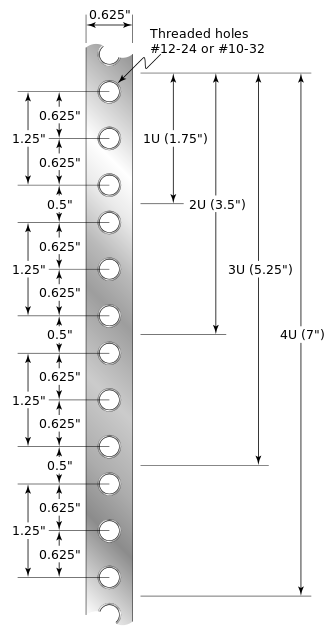Raindog123
Major Contributor
Yeah, I've used regenerators on really sensitive lab equipment before. It's pretty rare, but now and then it makes sense for really critical measurements
We’ve tried using lab power-regenerators too — in attempt to improve noise measurements of super-sensitive SQUIDs (superconducting quantum interference devices)… Tried and abandoned, as we did not see any real improvement. (Running our experiments late at night — when the RF background is quieter — did help somewhat though!
